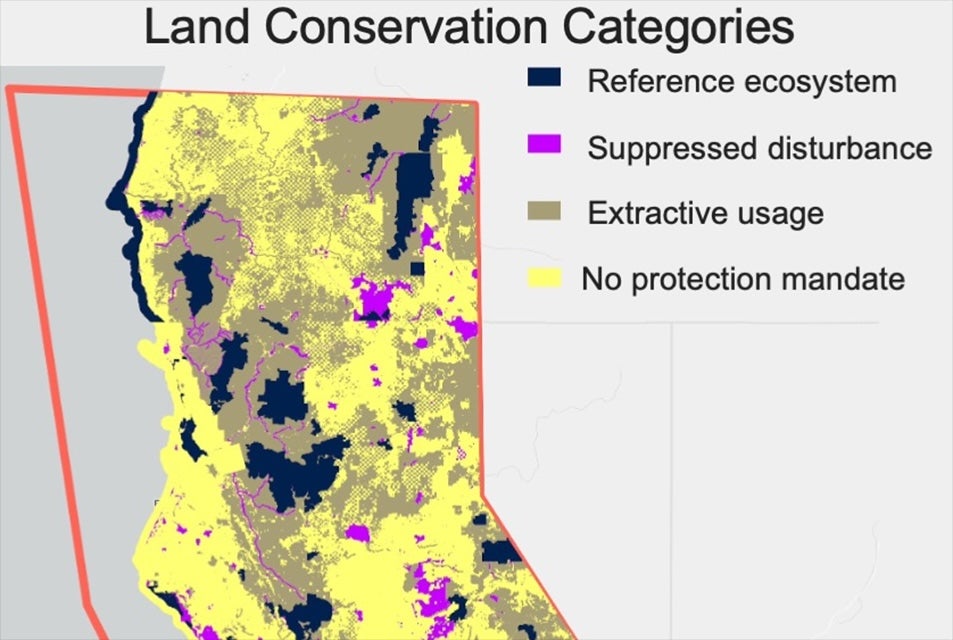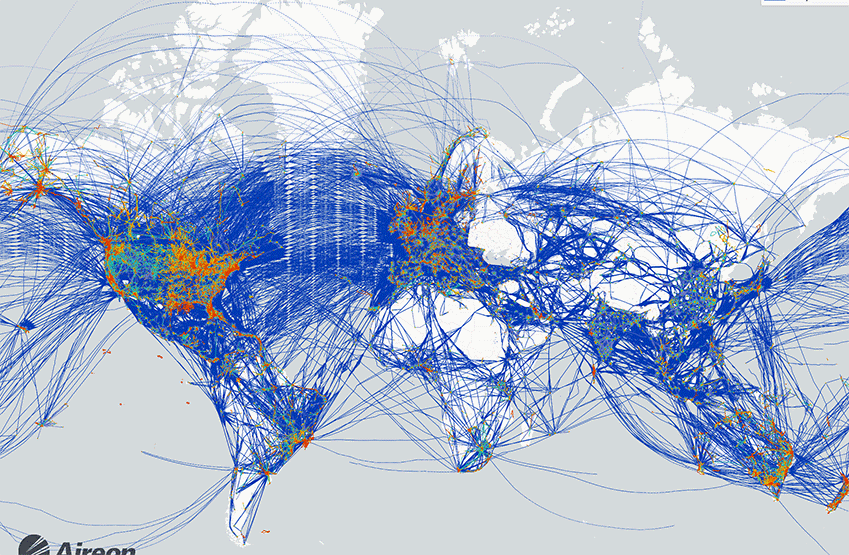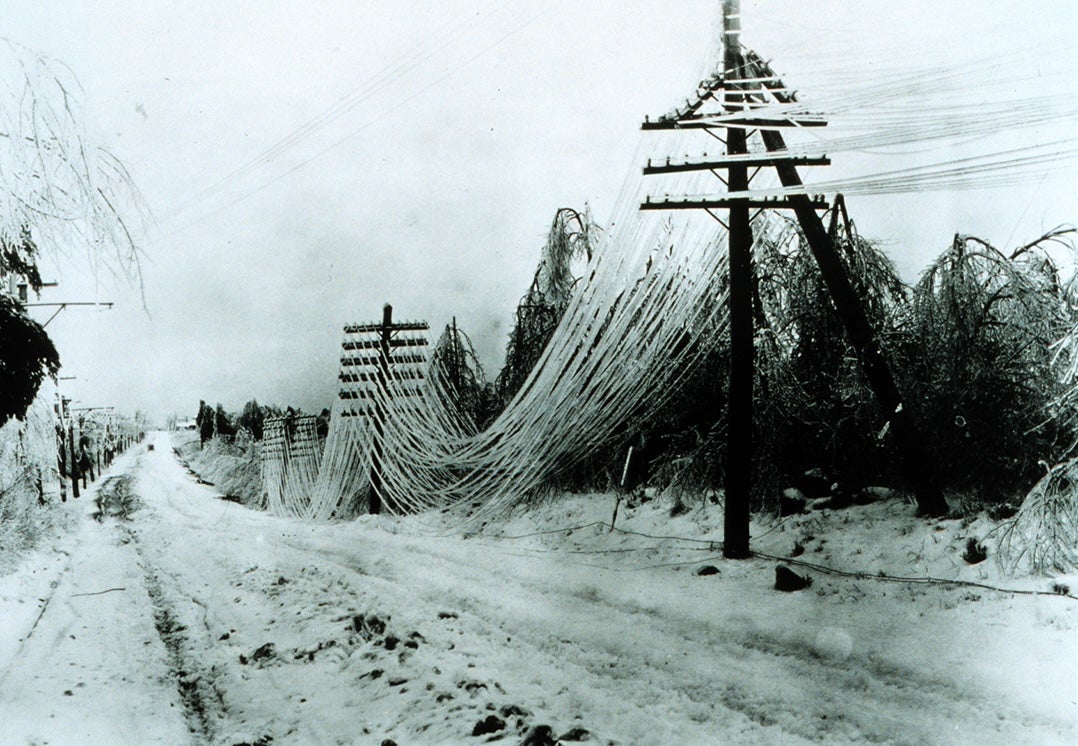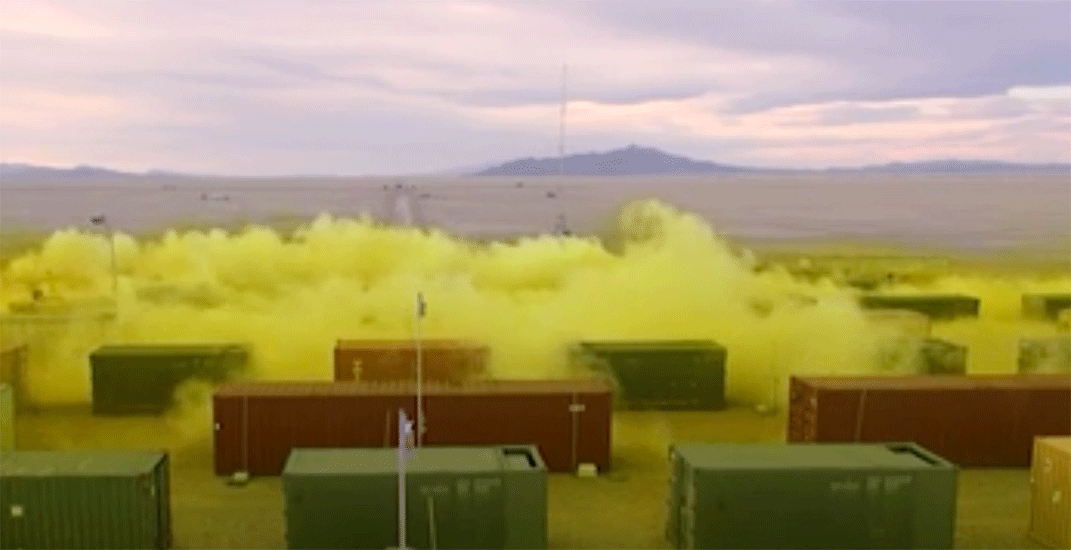Simulation of Seasonal Snowfall over Colorado
Colorado Headwaters Project

With the increasing awareness of global and regional climate change, water managers are rightly concerned about potential impact on water source in the western U.S., especially given recent studies predicting unprecedented drought conditions in the Southwest U.S. caused by rising temperatures (4th IPCC Assessment). Previous climate studies have showed a wide variety of possible climate impact ranging from "no impact" to "significantly reduced" snowpack over major mountain ranges in the western U.S. (e.g., the Sierra Nevada and the Cascade mountains). This reporting discrepancy is in part due to a lack of detail in terrain in the climate models. The headwaters region of the Colorado River seems to be a particularly difficult area for climate models to accurately assess, as given by the inconsistent snowpack trends for this region, (both the 3rd and 4th IPCC reports). The ability of climate models to provide accurate spatial and temporal depiction of snowfall and snowpack in this region is crucial, because snowmelt in the headwaters region provides most of the Colorado River stream flows. For the Colorado Headwaters Project, the HAP scientists examine climate impacts on seasonal snowfall and snowpack in the Colorado Headwaters region using a high–resolution WRF model to properly simulate orographic precipitation and hydrological processes.
The project was awarded 500,000 GAUs on NCAR's supercomputer as part of the Accelerated Science Discovery competition in 2008–09. This gave us the necessary computing power to achieve high–resolution WRF model simulations of seasonal snowfalls for multiple retrospective and future water years.
Cody Phillips is a writer and associate scientist for NCAR's Research Applications Program








